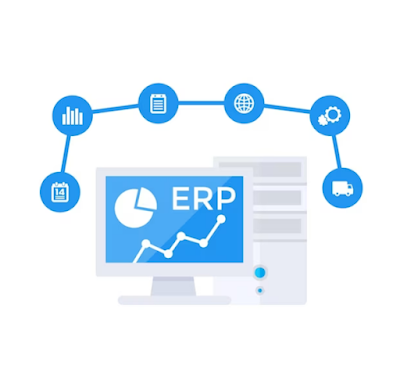Developing Software for Space: Challenges and Opportunities
The development of software for space is a highly challenging but also a highly rewarding field. With the increasing number of space missions being launched, the demand for software that can operate in the harsh environment of space is growing rapidly. Developing software for space comes with unique challenges that are not found in other domains, but also presents exciting opportunities for innovation.
Challenges of developing software for space
The primary challenge of developing software for space is the harsh environment in which it must operate. Space is a vacuum and lacks the protection of Earth's atmosphere, which means that radiation, extreme temperatures, and micrometeoroids can all cause damage to electronic systems. Therefore, software must be designed to be highly reliable and fault-tolerant.
Another challenge of developing software for space is the need for high performance in a resource-constrained environment. Spacecraft have limited processing power, memory, and energy, which means that software must be highly optimized to perform well while minimizing resource usage.
Additionally, the complexity of space missions is another challenge that software developers face. Space missions typically involve multiple systems and subsystems that must all work together in a highly coordinated manner. Software must be designed to integrate seamlessly with these systems and to be easily maintainable and upgradable.
Opportunities in developing software for space
Despite the challenges, developing software for space presents unique opportunities for innovation. The demands of space missions often require the development of new technologies and approaches that can have applications beyond space exploration.
For example, the development of software for autonomous spacecraft that can navigate and make decisions without human intervention has applications in fields such as self-driving cars and robotics.
Moreover, space missions offer opportunities for international collaboration and scientific discovery. The development of software that can support these missions and scientific experiments can lead to breakthroughs in various fields, from astrophysics to medicine.
Conclusion
Developing software for space is a highly challenging but rewarding field. The unique demands of space missions require software developers to be highly skilled and innovative in their approach. The challenges of operating in a harsh environment with limited resources and complex systems can be daunting, but the opportunities for innovation and scientific discovery make it a highly exciting and rewarding field to work in.




Comments
Post a Comment